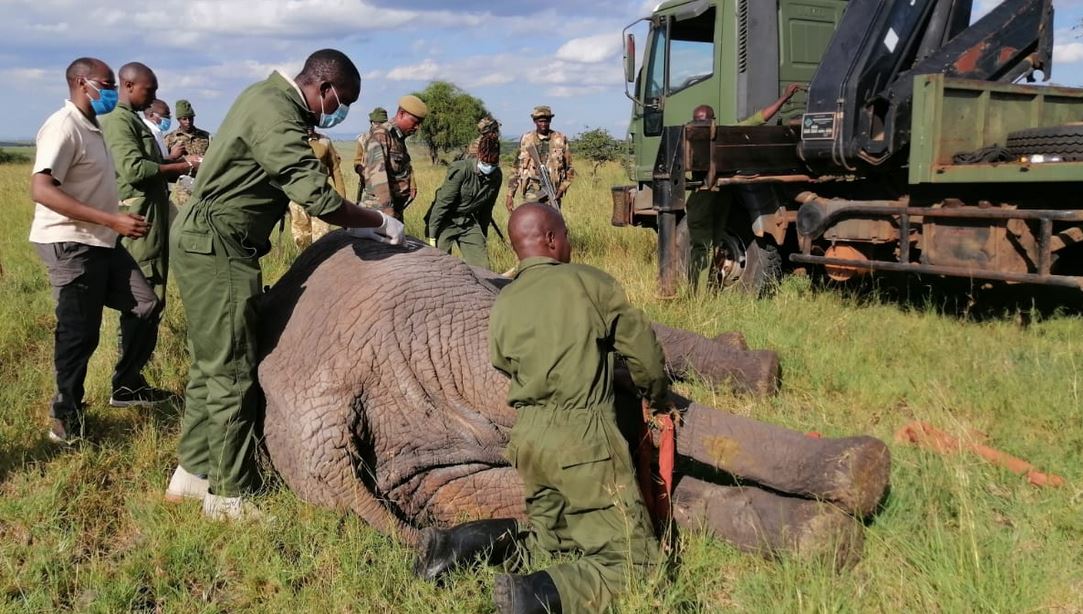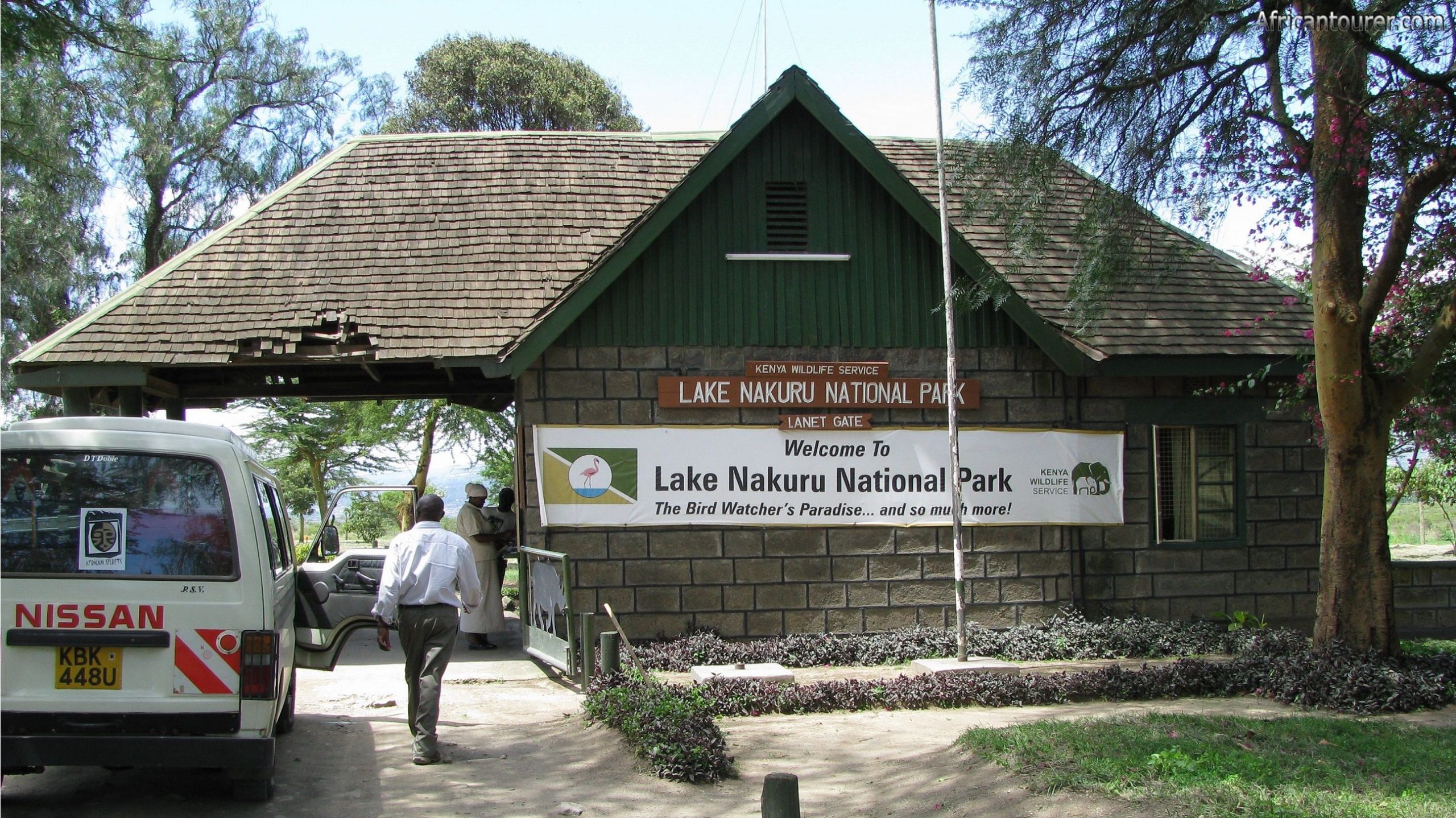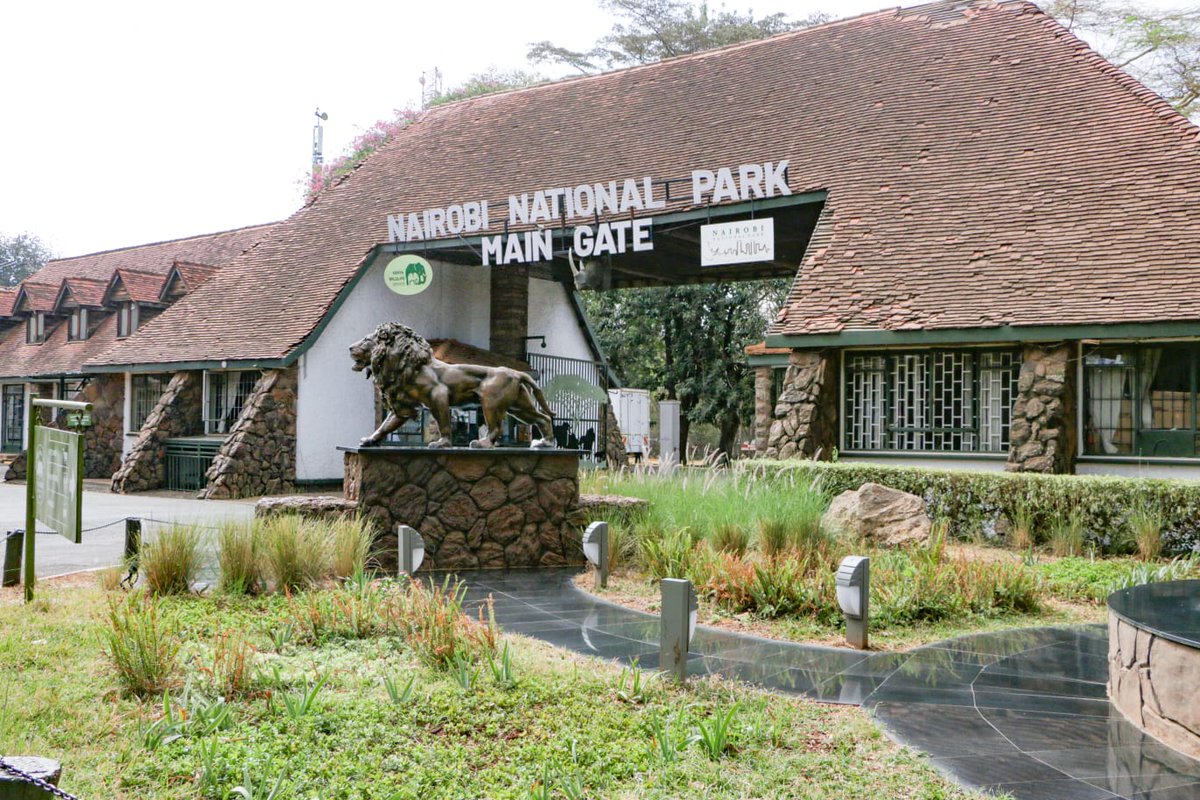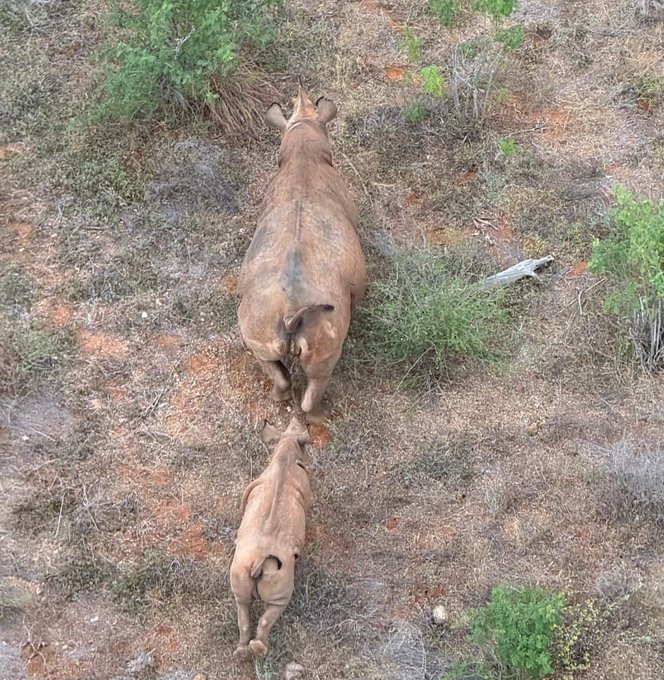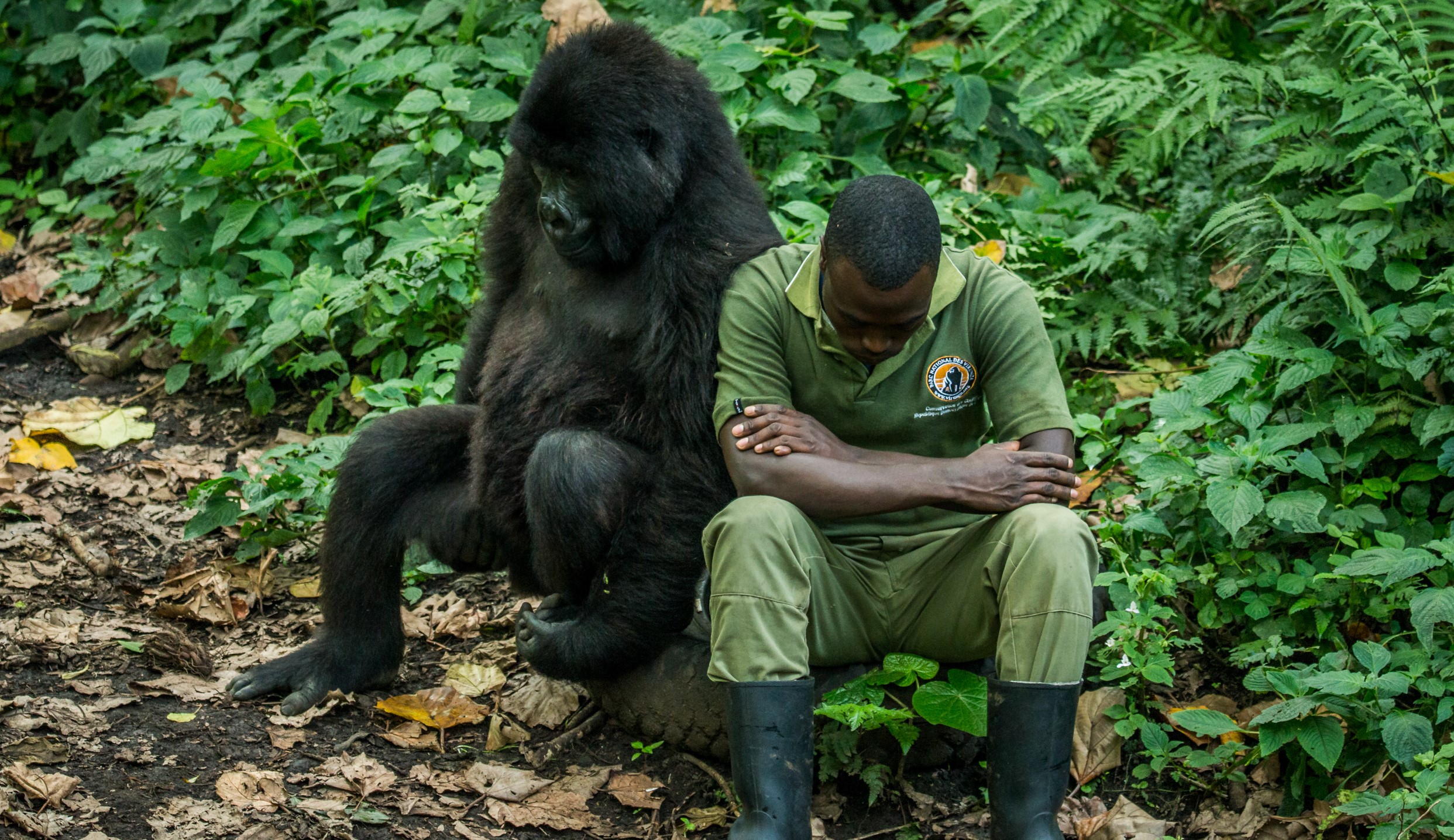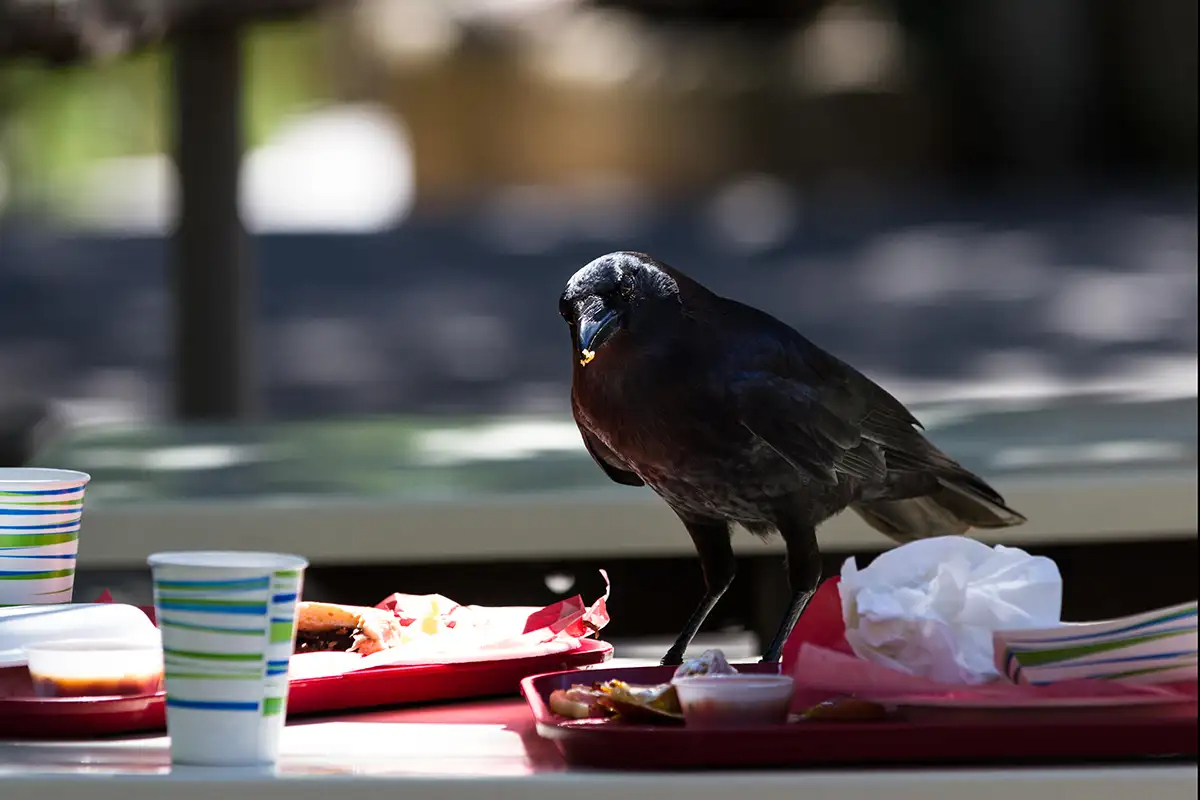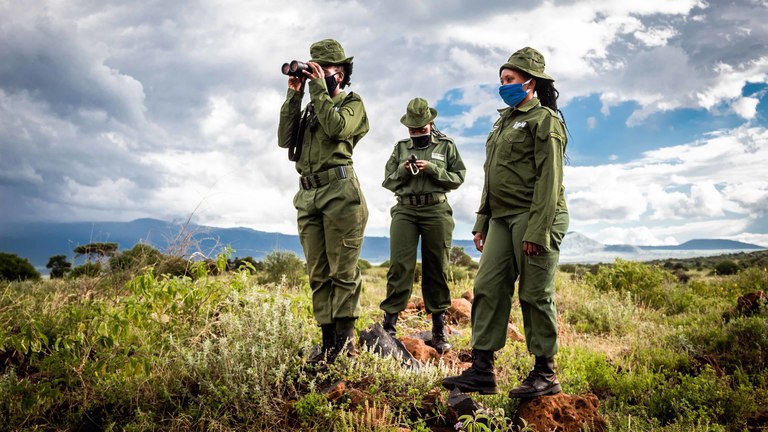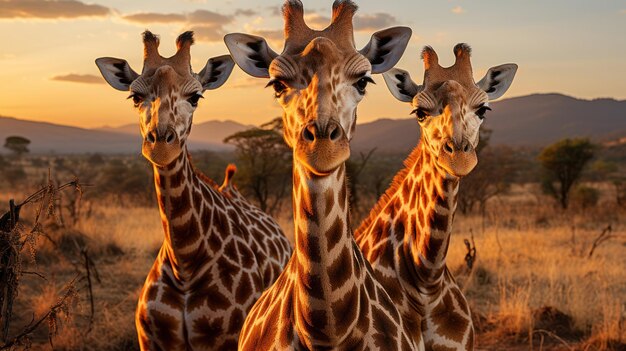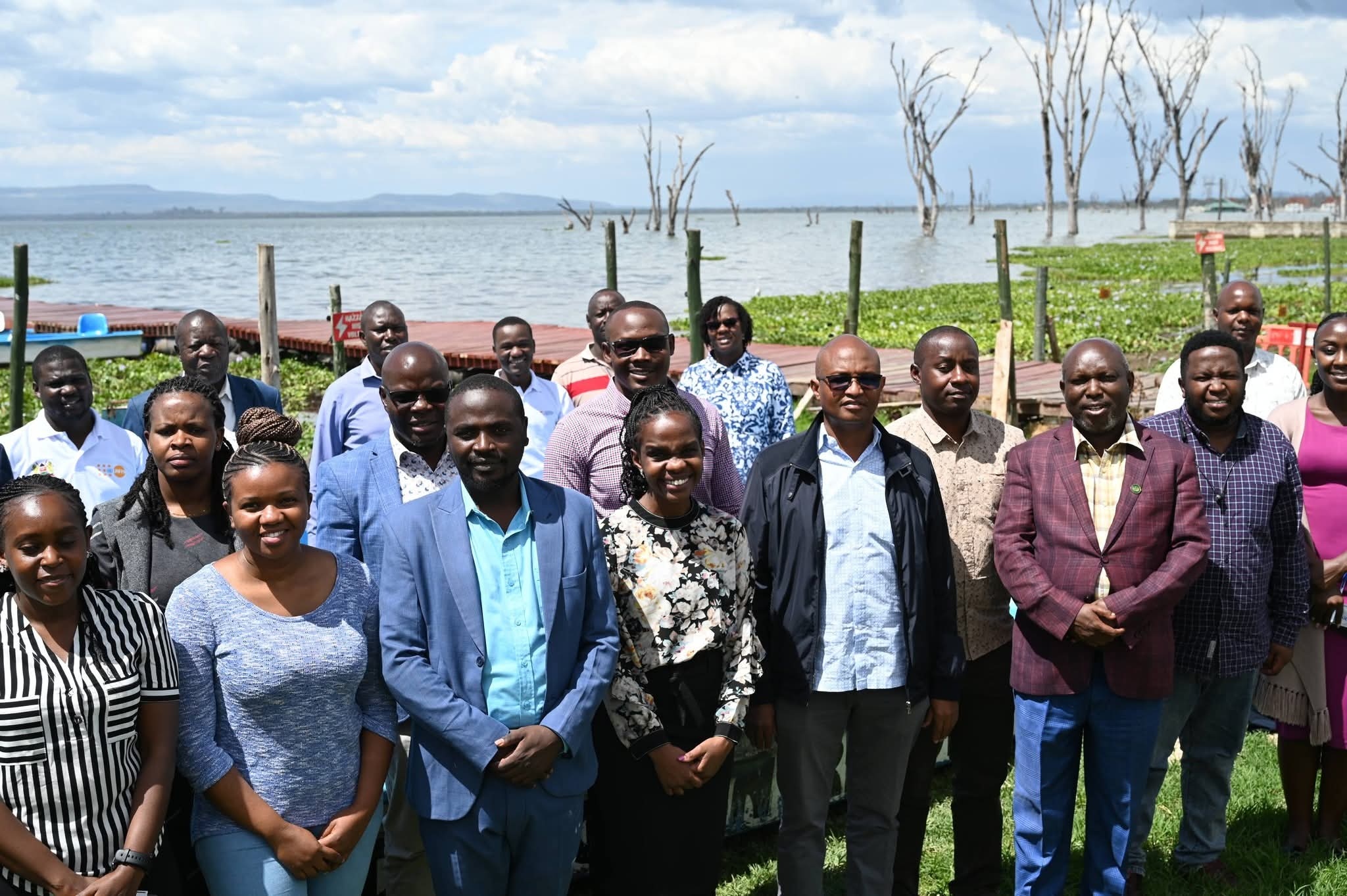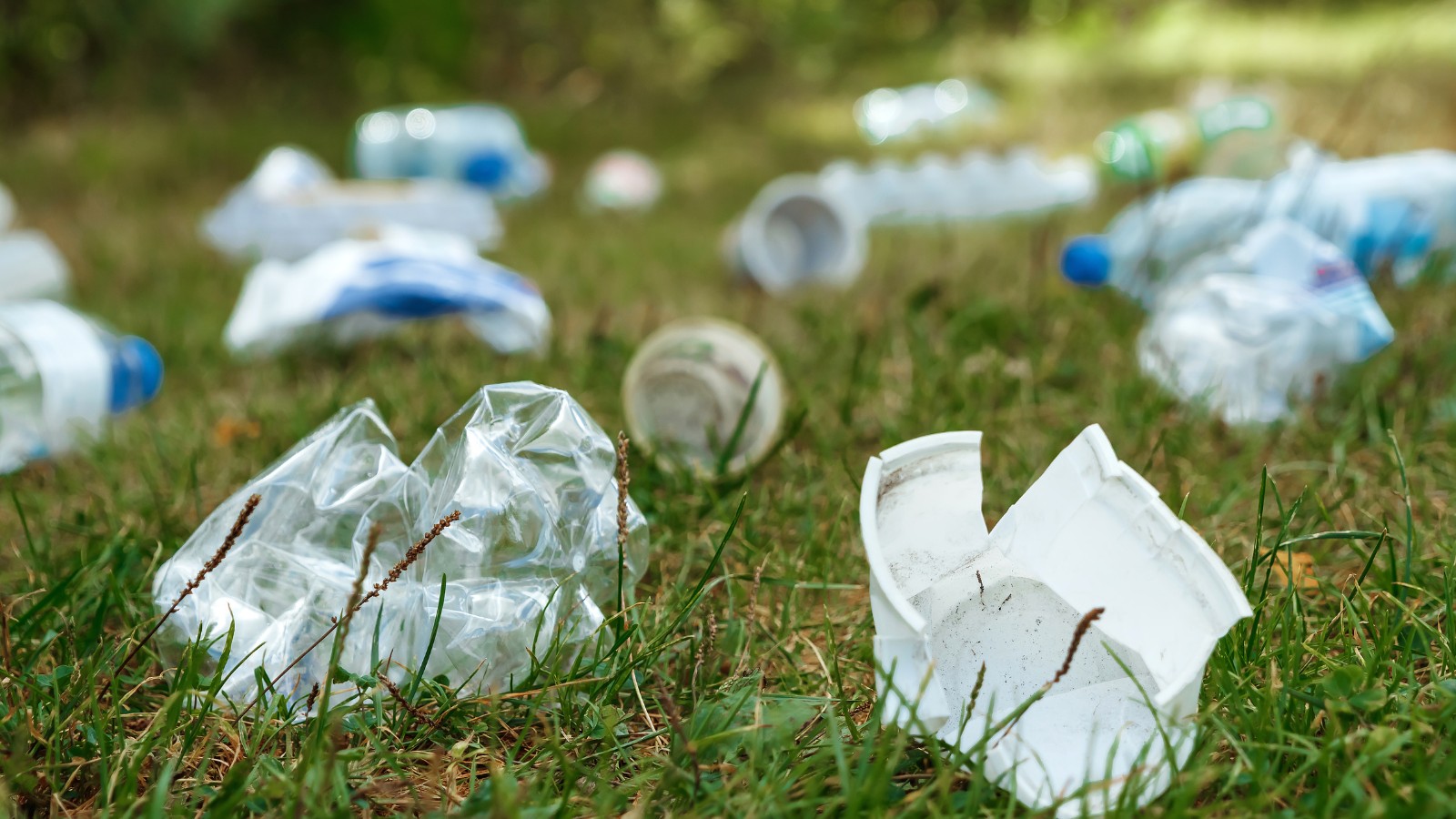Topic: KWS
KWS Rolls Out New Park Fees to Fund Conservation Efforts
29 Sep, 2025 05:04 PM
Kenya Wildlife Service (KWS) Director General, Prof. Erustus Kanga noted that measures have been put in place to facilitate visitors who had already booked and paid for their trips through the eCitizen prior to this pronouncement.
Kenya Wildlife Service (KWS) Director General, Prof. Erustus Kanga noted that measures have been put in place to facilitate visitors who had already booked and paid for their trips through the eCitizen prior to this pronouncement.
Lake Nakuru Locked Out, Why Deny Free Entry on World Tourism Day?
27 Sep, 2025 10:51 AM
On the night of September 26, the Kenya Wildlife Service (KWS) issued a notice: Lake Nakuru National Park would not be part of the free-entry celebration. No explanation. No justification. Just a line in a presser: “Customers with prepaid eCitizen tickets
On the night of September 26, the Kenya Wildlife Service (KWS) issued a notice: Lake Nakuru National Park would not be part of the free-entry celebration. No explanation. No justification. Just a line in a presser: “Customers with prepaid eCitizen tickets
Free Park Entry to Mark World Tourism Day 2025
24 Sep, 2025 05:37 AM
These include the iconic savannahs of Amboseli and Tsavo, to the forested silence of Kakamega and the volcanic drama of Hell’s Gate.
These include the iconic savannahs of Amboseli and Tsavo, to the forested silence of Kakamega and the volcanic drama of Hell’s Gate.
World Honors Rhinos as Kenya Sets the Pace
22 Sep, 2025 03:01 PM
At Lewa-Borana Conservancy, KWS successfully ear-notched 46 rhinos, enabling individual identification and easier monitoring. Biological samples were also collected to build a DNA database, a tool in forensic analysis and anti-poaching investigations.
At Lewa-Borana Conservancy, KWS successfully ear-notched 46 rhinos, enabling individual identification and easier monitoring. Biological samples were also collected to build a DNA database, a tool in forensic analysis and anti-poaching investigations.
Rare Black Rhino Calf Birth Signals Conservation Success
07 Jul, 2025 04:08 PM
The arrival of the new calf comes at a time when wildlife across Africa faces mounting pressure from climate change, land encroachment, and illegal hunting. Conservation groups are using this opportunity to remind the public of the ongoing need for vigila
The arrival of the new calf comes at a time when wildlife across Africa faces mounting pressure from climate change, land encroachment, and illegal hunting. Conservation groups are using this opportunity to remind the public of the ongoing need for vigila
KWS Offers Free Educational Trips to Parks for Schools
10 Jun, 2025 12:19 PM
Schools across Kenya are being encouraged to plan visits, with KWS offering guided educational tours tailored to various age groups. Teachers are also being equipped with resources to link these experiences to the national curriculum.
Schools across Kenya are being encouraged to plan visits, with KWS offering guided educational tours tailored to various age groups. Teachers are also being equipped with resources to link these experiences to the national curriculum.
KWS to Celebrate the Graduation of 1,200 New Wildlife Rangers
02 Dec, 2024 12:47 PM
The Kenya Wildlife Service (KWS) is set to celebrate a significant milestone in wildlife conservation with the Passing out Parade for 1,200 newly trained rangers. Scheduled for December 3, 2024, at the KWS Law Enforcement Academy in Manyani, this event wi
The Kenya Wildlife Service (KWS) is set to celebrate a significant milestone in wildlife conservation with the Passing out Parade for 1,200 newly trained rangers. Scheduled for December 3, 2024, at the KWS Law Enforcement Academy in Manyani, this event wi
Kenya Launches First National Recovery and Action Plan for Pangolins
09 Oct, 2024 04:43 PM
Pangolins are nocturnal animals recognized by their full armor of scales. They are ranged from vulnerable to critically endangered. 4 species live in Africa, namely: Black-bellied pangolin (Phataginus tetradactyla), White-bellied pangolin (Phataginus tric
Pangolins are nocturnal animals recognized by their full armor of scales. They are ranged from vulnerable to critically endangered. 4 species live in Africa, namely: Black-bellied pangolin (Phataginus tetradactyla), White-bellied pangolin (Phataginus tric
KWS Initiates Major Elephant Relocation to Improve Ecosystem Balance
04 Oct, 2024 04:06 PM
The translocation is expected to alleviate pressure on the Mwea ecosystem while strengthening the elephant population in Aberdare National Park, promoting ecological balance. By minimizing competition for resources, this initiative will foster healthier e
The translocation is expected to alleviate pressure on the Mwea ecosystem while strengthening the elephant population in Aberdare National Park, promoting ecological balance. By minimizing competition for resources, this initiative will foster healthier e
Kenya Wildlife Service Launches Strategic Plan for 2024-2028
30 Sep, 2024 04:40 PM
During the launch, Hon. Rebecca Miano, Cabinet Secretary for the Ministry of Tourism and Wildlife, emphasized the plan's significance, stating, “Today, we proudly launch the KWS Strategic Plan 2024-2028, a roadmap designed to transform wildlife conservati
During the launch, Hon. Rebecca Miano, Cabinet Secretary for the Ministry of Tourism and Wildlife, emphasized the plan's significance, stating, “Today, we proudly launch the KWS Strategic Plan 2024-2028, a roadmap designed to transform wildlife conservati
Erastus Kanga: KWS Strategic Plan Targets Key Elephant Threats
13 Aug, 2024 12:39 PM
KWS Strategic Plan 2024-2028 outlines a comprehensive roadmap focused on three key pillars: habitat restoration, conflict mitigation, and strengthening the value of elephants to local communities.
KWS Strategic Plan 2024-2028 outlines a comprehensive roadmap focused on three key pillars: habitat restoration, conflict mitigation, and strengthening the value of elephants to local communities.
A Round of Applause for These Biodiversity Lionhearts with Big Hearts
31 Jul, 2024 01:30 PM
This particular day is significant, seeing that these are the few human beings diverting from the lot who throw caution to the wind, matters Earth’s welfare.
This particular day is significant, seeing that these are the few human beings diverting from the lot who throw caution to the wind, matters Earth’s welfare.
In a Planet that Houses All, Why Grudge with Crows over Space?
18 Jul, 2024 10:00 AM
Interact with citified areas, and you will definitely encounter a few, if not roosts, flying overhead. This is because crows thrive in the habitats we create –squalid and bustling environments.
Interact with citified areas, and you will definitely encounter a few, if not roosts, flying overhead. This is because crows thrive in the habitats we create –squalid and bustling environments.
Female Rangers: Feminine Theme Seeping Through the Wilderness Cracks
26 Jun, 2024 03:05 PM
A touch of feminine vigor has occasioned a significant impact on park protection and community outreach, as they can efficiently play on both sides of the field; courtesy of their ‘multi-tasking’ ability.
A touch of feminine vigor has occasioned a significant impact on park protection and community outreach, as they can efficiently play on both sides of the field; courtesy of their ‘multi-tasking’ ability.
Standing Tall: World Celebrates Giraffes on the Longest Day
21 Jun, 2024 03:20 PM
Giraffes still stare out between the cages of extinction with threats like habitat loss, poaching, disease, droughts, and electrocution from low-hanging electric lines, which have seen a dramatic decline in their numbers over the years.
Giraffes still stare out between the cages of extinction with threats like habitat loss, poaching, disease, droughts, and electrocution from low-hanging electric lines, which have seen a dramatic decline in their numbers over the years.

